This week some economic reports came out showing the US economy is experiencing slowing economic growth and higher inflation. An advance GDP report for the 1st quarter of 2024 showed that GDP was 1.6%. This is lower than the expected 2.5%, and less than half of the 3.4% GDP from the previous quarter.
Then the Personal Consumption Expenditure (PCE) price index inflation report was released. The PCE is the Fed's preferred inflation indicator and the one that carries the most weight in the Fed's decisions regarding interest rates. The PCE year-over-year was 2.7%. Although the PCE was already expected to be higher than the previous 2.5% report, it was still higher than the expected 2.6%. Core PCE, which excludes food and energy, was even higher at 2.8%, where it was expected to fall to 2.6%.
This has many economists and investors wondering if the US economy is headed for a period of stagflation, which it hasn't experienced since the 1970s. This economic scenario presents unique challenges for policymakers, investors, and the general population alike. Let's take a look at what stagflation entails, its impact on the economy and stock market, and strategies for navigating through such turbulent times.
What is Stagflation?
Stagflation is an economic situation where a country experiences a rare combination of stagnant economic growth, high inflation, and high unemployment. Normally, if there was slow or stagnant economic growth, inflation would be low. Likewise, there is typically an inverse relationship between inflation and unemployment. Stagflation confounds economists by presenting a scenario where economic growth is stagnant while inflation is high and/or rising, and where inflation is high and/or rising while unemployment is high.
Stagnant economic growth in stagflationary periods is often attributed to a combination of factors such as supply-side shocks, weak consumer and business confidence, and policy missteps. High unemployment reflects the lack of job opportunities and reduced labor market participation, exacerbating economic woes. Meanwhile, inflationary pressures may stem from external factors like rising energy prices, supply chain disruptions, or excessive money supply growth.
The United States experienced a notable period of stagflation during the 1970s, characterized by stagnant economic growth, double-digit inflation rates, and high unemployment. This challenging economic environment was exacerbated by external factors such as the OPEC oil crisis, which drove up energy prices and further fueled inflationary pressures. The stagflationary period of the 1970s serves as a cautionary tale of the economic consequences of supply-side shocks and policy missteps, highlighting the importance of prudent fiscal and monetary policies in maintaining economic stability.
Economic Implications of Stagflation
During stagflation, the economy faces a multitude of challenges that hinder its growth prospects. Stagnant economic growth stifles productivity and innovation, leading to reduced consumer and business spending. High unemployment exacerbates the problem, as fewer people have disposable income, further dampening demand for goods and services. Meanwhile, soaring inflation erodes the purchasing power of consumers and reduces the real value of wages, creating a cycle of economic hardship.
Moreover, stagflation can erode consumer confidence and business investment, leading to prolonged periods of economic stagnation. The uncertainty surrounding future economic prospects may deter businesses from expanding operations or hiring new employees, exacerbating the unemployment problem and perpetuating the cycle of stagnation.
Impact on the Stock Market
Stagflation can have a significant impact on the stock market, albeit in unpredictable ways. Historically, equities tend to perform poorly during periods of stagflation, as investors flee to safer assets such as bonds and commodities. The uncertainty surrounding economic conditions may lead to increased volatility in the stock market, as investors grapple with conflicting signals about the direction of the economy.
Certain sectors may fare better than others during stagflationary periods. For example, companies operating in industries with pricing power, such as utilities or healthcare, may be better positioned to pass on higher costs to consumers, thereby maintaining profitability. Additionally, investments in tangible assets such as real estate or commodities like gold may serve as a hedge against inflationary pressures, offering relative stability amidst economic turmoil.
Strategies for Dealing with Stagflation
Right now, the economy is already experiencing high inflation that may continue rising further. It's also possible that the economy is experiencing slowing or stagnant economic growth, though we'd need some more GDP reports to confirm that. However, the US economy still officially has low unemployment. If unemployment begins to rise, but inflation also continues to rise or stay high, that may keep the Fed from being able to cut interest rates. That situation could result in a stagnation of economic growth, subsequently resulting in a period of stagflation.
In the face of stagflation, investors and individuals can employ various strategies to mitigate its impact on their financial well-being. Diversifying investment portfolios to include assets that are less sensitive to economic fluctuations, such as bonds or precious metals, can provide a hedge against inflationary pressures. Additionally, focusing on companies with strong fundamentals and resilient business models, such as those with low debt levels or stable cash flows, can help weather the storm of economic uncertainty.
Furthermore, individuals can take proactive steps to protect their purchasing power and financial security during stagflationary periods. This may include controlling discretionary spending, seeking out alternative sources of income, or investing in education and skill development to enhance employability in a changing economic landscape.
It's a Great Time to Revisit Your Financial Plan
Stagflation presents unique challenges for economies, investors, and individuals alike, requiring adaptive strategies to navigate through uncertain times. By understanding the underlying causes and implications of stagflation and implementing prudent financial practices, individuals can position themselves to withstand the economic headwinds and emerge stronger in the face of adversity. In times of stagflation, resilience, flexibility, and foresight are essential attributes for successfully navigating through economic turbulence.
If you're concerned about stagflation, or how any other economic condition could affect your financial outlook and ability to achieve your goals, then it may be a good time to review your financial plan to see if there are any adjustments that should be made. If you don't have a comprehensive financial plan yet, then now is a great time to develop one. Go ahead and...
This content is developed from sources believed to be providing accurate information. The information in this material is not intended as investment, tax, or legal advice. It may not be used for the purpose of avoiding any federal tax penalties. Please consult legal or tax professionals for specific information regarding your individual situation. The opinions expressed and material provided are for general information, and should not be considered a solicitation for the purchase or sale of any security. Digital assets and cryptocurrencies are highly volatile and could present an increased risk to an investors portfolio. The future of digital assets and cryptocurrencies is uncertain and highly speculative and should be considered only by investors willing and able to take on the risk and potentially endure substantial loss. Nothing in this content is to be considered advice to purchase or invest in digital assets or cryptocurrencies.
Enjoying Escient Financial’s Insights?
The weekly newsletter is usually delivered to your email inbox Friday or Saturday, and includes:
- the latest Escient Financial Insights articles
- a brief of the week's important news regarding the markets
- recommended third-party reads
- selected Picture of the Week
Escient Financial does NOT sell subscriber information. Your name, email address, and phone number will be kept private.
















